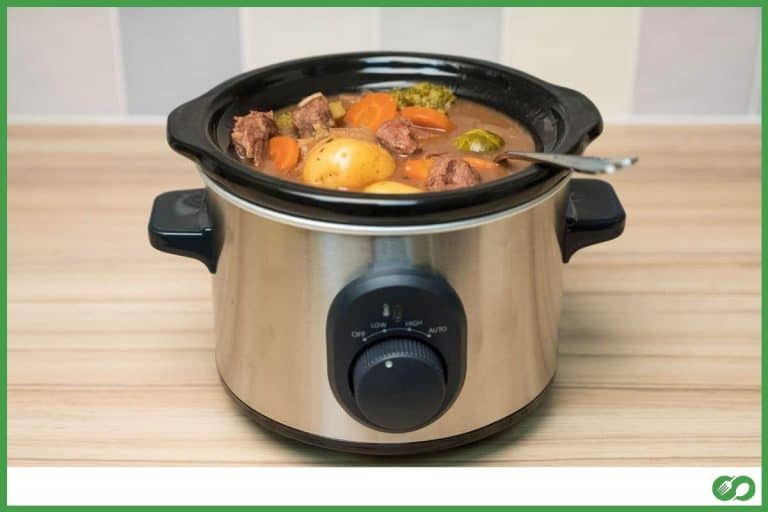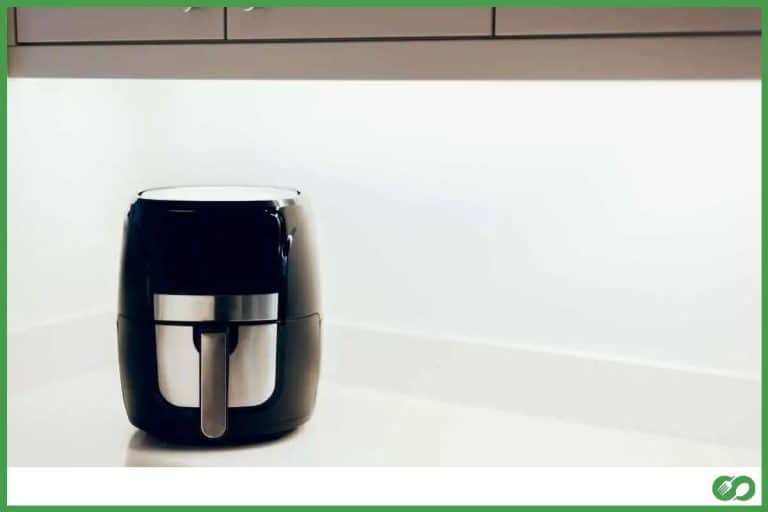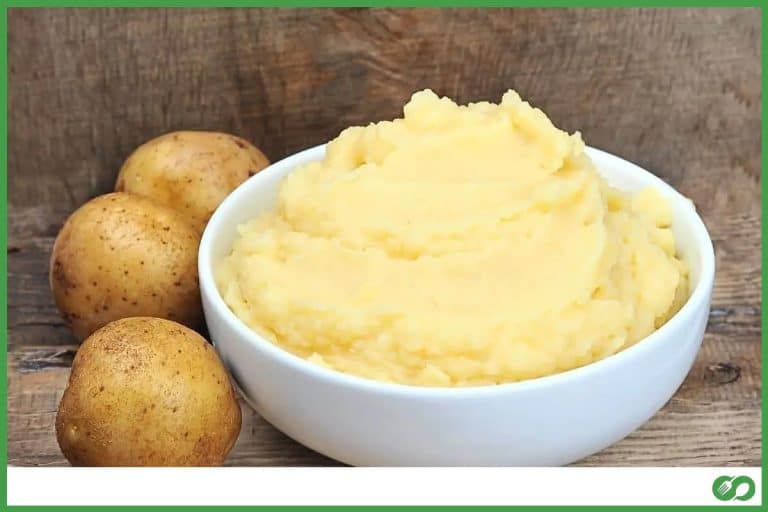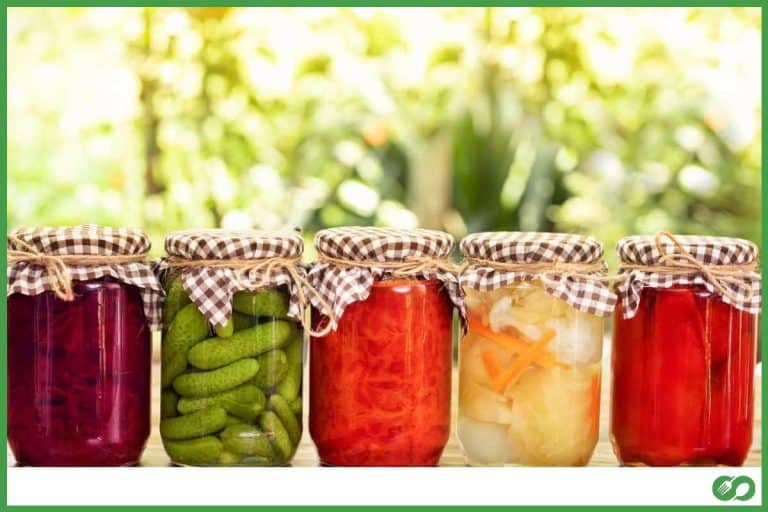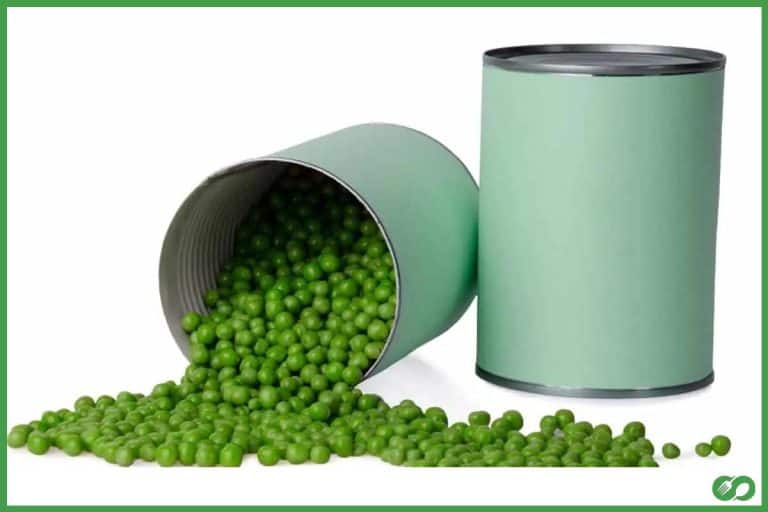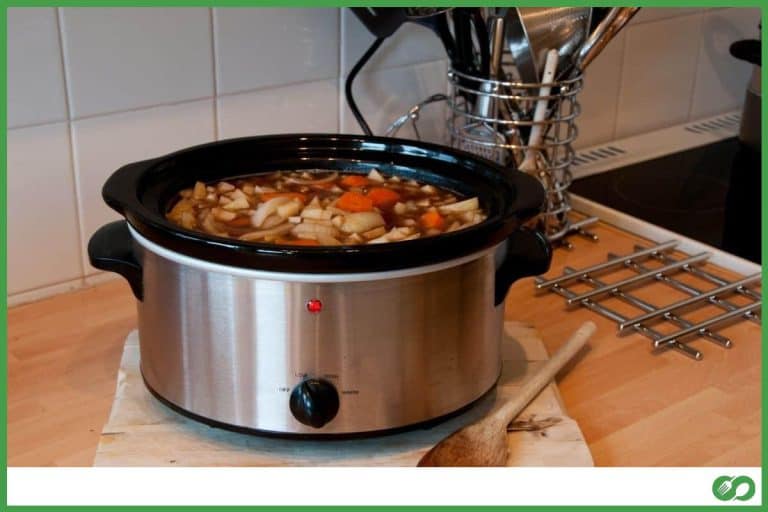Can A Blender Chop Vegetables? (How to Get Best Results)
This post may contain affiliate links which means that, if you choose to make a purchase, I may earn a small commission at no extra cost to you.
After a long tiring day, it gets dreadful to picture yourself chopping some veggies for an hour to prepare your meal. And if you look for an alternative and speedy route to manual chopping, then you should use your blender. Now, you might be wondering, how can a blender chop vegetables?
Blenders that are integrated with chopping blades, pulse function, dicing feature of a food processor can easily chop up some veggies. Also, some blenders that are integrated with removable blades come with multiple attachments. The multiple attachments can be easily integrated into the blender to make it suitable to chop up some veggies.
Not all types of blenders can meet your chopping preference and needs. Therefore, this article incorporates the information pertaining to chopping with a blender, so that you can decide which blender can be your kitchen pal to meet your chopping needs and kitchen preferences.
What Types of Blenders Can Chop Vegetables?
Not all blenders come with the same configuration. Therefore, not all types of blenders can be used for chopping vegetables. Only, blenders with specific configurations that support chopping, can be used to chop vegetables.
Here are some types of blenders that can be used for chopping vegetables:
• Immersion Blender
• Blender with Pulse Function
• Bullet Blender
• Specialty Blender
• Blender with Removable Blade
Immersion Blender
An immersion blender is widely known as a handheld blender. It is a good choice to pick when it comes to chopping vegetables with a blender. This blender is often integrated with the chopping blade. The chopping blade helps you to get the fine chunks of vegetables.
So, if you have an immersion blender then consider using it to chop up some vegetables. Immersion blender doesn’t require a pulse function to chop your veggies perfectly, its blade is more than enough to provide you with solid or fine chunks of veggies.
Blender with Pulse Function
The blenders that are coupled with a pulse button or pulse function can chop veggies. Not all blenders have a pulse function. But most of the Countertop blenders incorporate the pulse function.
Pulse function in a blender gives you more control over your chopping. With pulse function, you can stop chopping your veggies at the immediate moment you want. Once you get to the desired texture or chunks of your veggies, you can immediately turn off the pulse button. You should pick a countertop blender to chop some veggies only if the blender has pulse function.
Bullet Blender
A bullet blender is also known as a single-serve blender. If your kitchen space is limited or you do not like any electrical appliance filling much of your kitchen space while you chop, then this blender should be your preference. This blender is incorporated with a chopping blade, chopping cup, and 250-watt motor which makes it suitable to chop veggies.
As the blender has a lower wattage motor it helps you to chop your veggies with its low-speed blending. You can use this blender to wet chop your veggies, especially for salsa dressing.
Specialty Blender
Specialty blender incorporates some functions of a food processor and blender. This blender is used in most restaurants for the robust and heavy-duty chopping performance it offers.
If you need to chop robust vegetables like turnip, beetroot, celery, or such in a blender then a specialty blender should help you out. This blender is designed in a way to prevent the veggies from getting stuck at the bottom of the blender. So, it gets easier to chop some robust veggies in it.
Blender with Removable Blade
The blender has a removable blade attached to it. And multiple attachments are provided with the blender. You can remove the blade and then attach the chopping attachment to use it to chop your veggies.
Sometimes the immersion blender does not come with a built-in chopping blade, rather it provides multiple attachments. And with the multiple attachments that are apt for chopping as per the manual book, you can chop veggies in those sort of immersion or stick blenders.
Chopping Vegetables with A Blender
A blender cannot function all types of chopping. If you want your chopped veggies to be in Julienne or Chiffonade cut, in other words, in long-striped pieces then it is not possible to do so in a blender. But, below here are some of the chopping types that can be easily done in a blender
Wet Chopping
This quite self-explanatory term refers to the chopping that requires a little bit of water in the blender. You can add vegetables and a little bit of water in a blender with pulse function. Then if you press the pulse function for a few seconds, the veggies will be diced. After that, you need to strain the water to get the chunks of veggies ready to be used in salsa, salad, or pasta dishes.
As straining is required in this chopping, you might fear that your veggies will be losing the nutrients with the strained water. But if you use the strained water as vegetable stock in your pasta dish then the nutrients will not go to waste.
Dry Chopping
This type of chopping in a blender doesn’t require any water. Mincing your onion, garlic, herbs, and bell peppers into tiny pieces is dry chopping.
Blenders with high-watt motors and high-speed blending are capable of dry chopping. You just need to add your vegetables into the blender and short burst those for a few seconds until you get the finely sliced veggies.
Advantages of Chopping Vegetables with A Blender
Let’s take a look at some of the advantages that are associated with chopping vegetables with a blender. If you are undecided about getting a blender then one of these should help you make up your mind.
Saves Time and Energy
Using a blender to chop solid veggies gives you the upper hand in saving your time and energy. When you would use a knife to mince or finely chop your veggies, at first you would need to cut the veggies into long striped pieces. After that, you would need to continuously chop it until you get to tiny chunks of veggies. This takes a hell of a lot of your time.
Rigorously chopping with a knife can take a toll on your wrist. But with a blender, mincing or finely chopping is just a matter of a few seconds so it doesn’t drain your energy. However, chopping with a food processor also saves time and energy but the maintenance or cleaning of the processor requires more time and energy than that of blenders.
More Control over Chopping
When you use a blender to chop veggies it gives you more control over your knife skills. While using a knife, you need to lay and press the knife in different angles for different types of chopping. And if you are not an expert with knives then you would have a hard time controlling the angles. Additionally, with your amateur knife skills, you might cut yourself accidentally.
Blender’s pulse button gives you more control over chopping as you wouldn’t need to hold the blender at specific angles.
Disadvantages of Chopping Vegetables with A Blender
Even though there are blenders that run on battery and solar power, most households use blenders that are operated on electricity. And the downside is when there’s a power cut, you will not be able to use your electric blender to chop some veggies for instant use.
Also, when there’s a voltage drop in your electrical system, your high-speed blenders will not function properly. Because of an insufficient power supply, the high wattage motor of some blenders will not operate.
However, the downside of using a blender to chop veggies can be treated trivially. Because this downside does not occur occasionally. And a low wattage blender can even function during the shortage of voltage.
Conclusion
Not only can a blender chop vegetables, but also it can save a lot of your time and energy. Also, a blender is less costly than a food processor that chops up veggies. So, if you are an amateur with knives and dread chopping veggies manually, use a blender instead. You can follow some YouTube instructions to properly chop vegetables with your blender.


